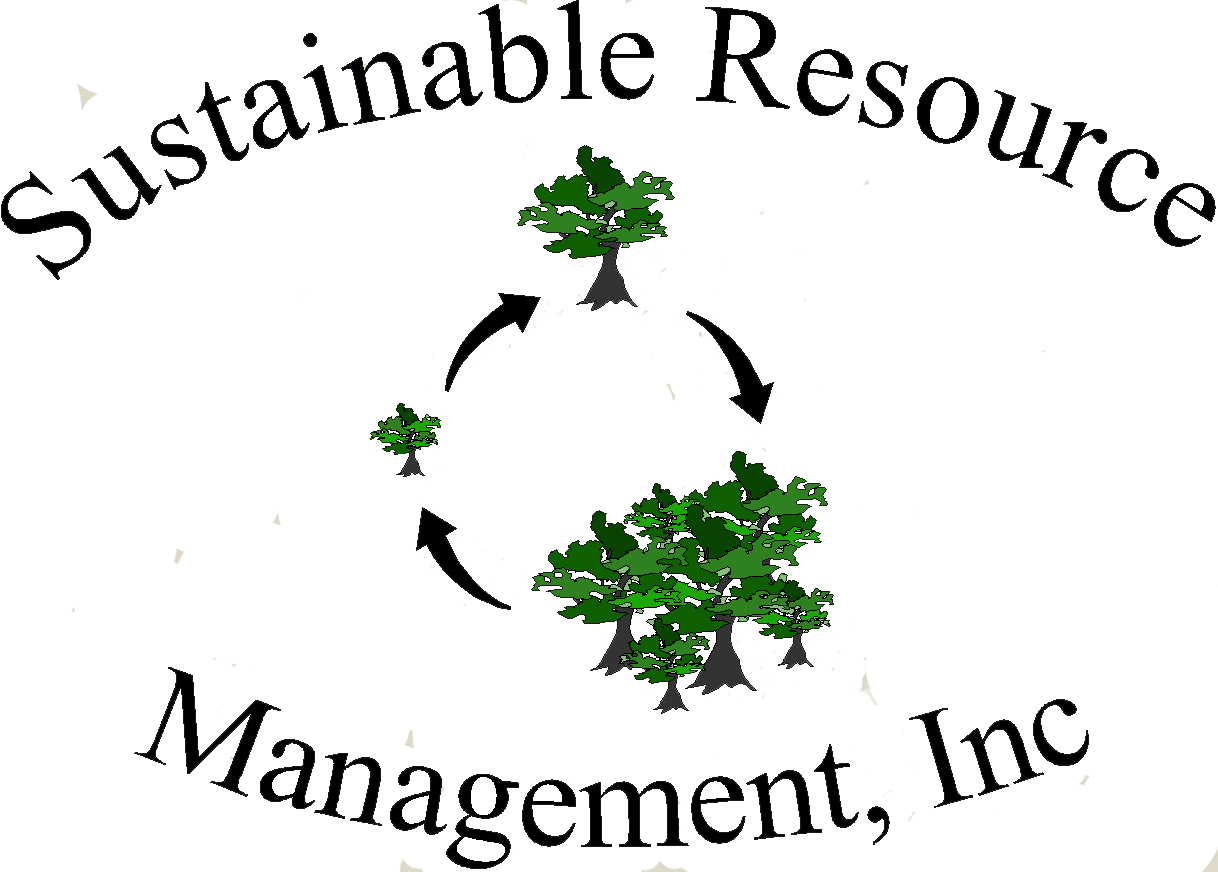Improving Biodiversity
Forests are dynamic systems that grow and change over time. Throughout the forest life cycle, diversity rises and falls. When a balanced natural forest gets older, it decreases in diversity, only to be regenerated through fires, insect damage, and blow downs. Since man's influence on the land often interrupts this natural cycle, many forests are lacking in diversity. This alters vegetation as well as the interdependent systems of insect and animal life that are found within the forest.
The practice of "high-grading", selectively cutting only the most valuable species and/or only the biggest trees throws the system even further out of balance. Since smaller trees are not necessarily younger trees (often they are simply genetically inferior), a cut that "leaves the little ones to grow" is rarely a wise plan. And while a selective removal of a high-value species can result in a higher immediate sales price, it can also result in the complete disappearance of that type of tree from the forest. High-grading also leads to a weakened forest, which is all the more susceptible to invasive species. Thus, repeatedly high-grading a forest is a devastating and completely unsustainable practice.
Based on a landowner's objectives, SRM builds genetic and vegetative diversity that serves the long-term health of the entire forest system.
